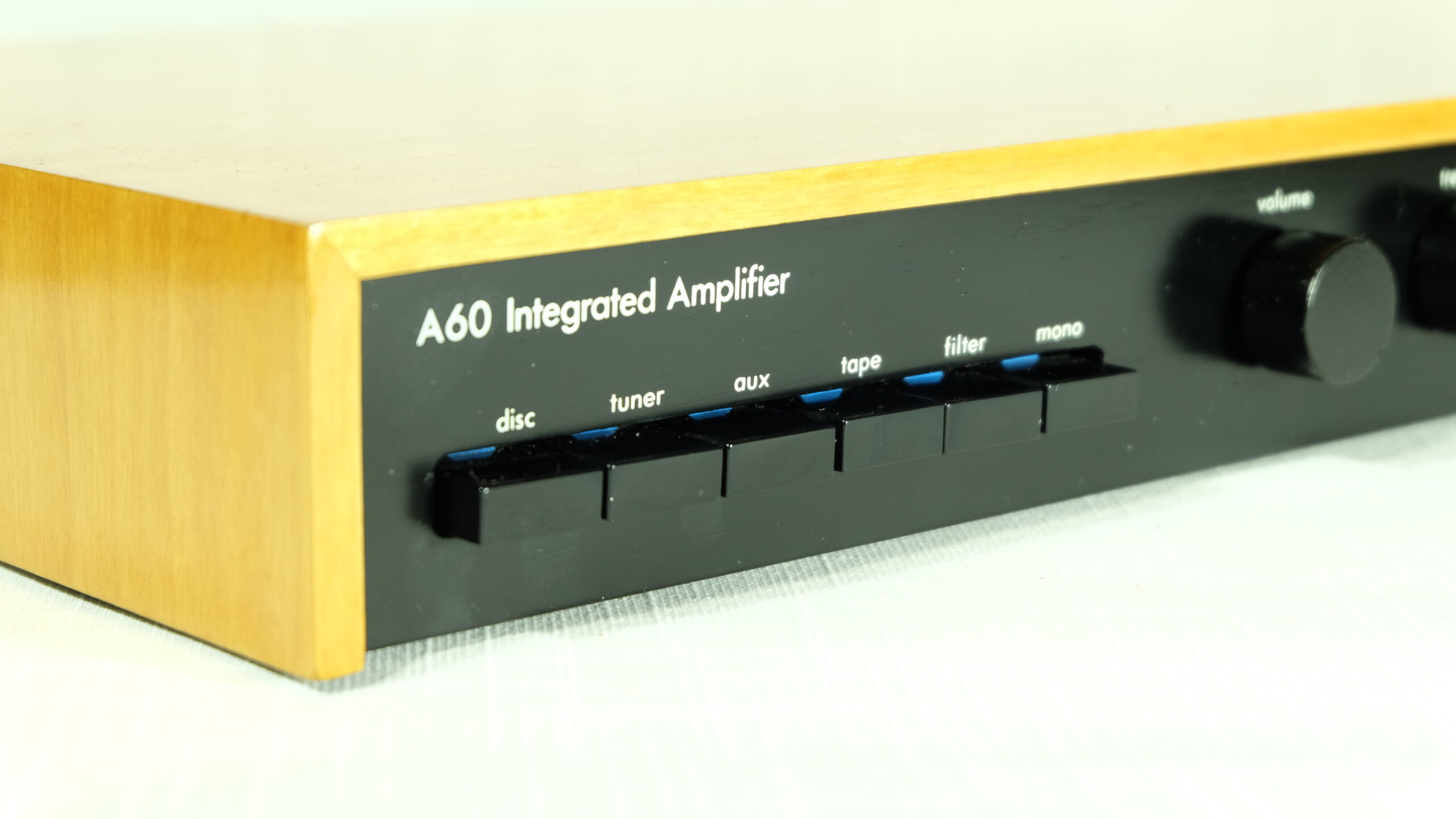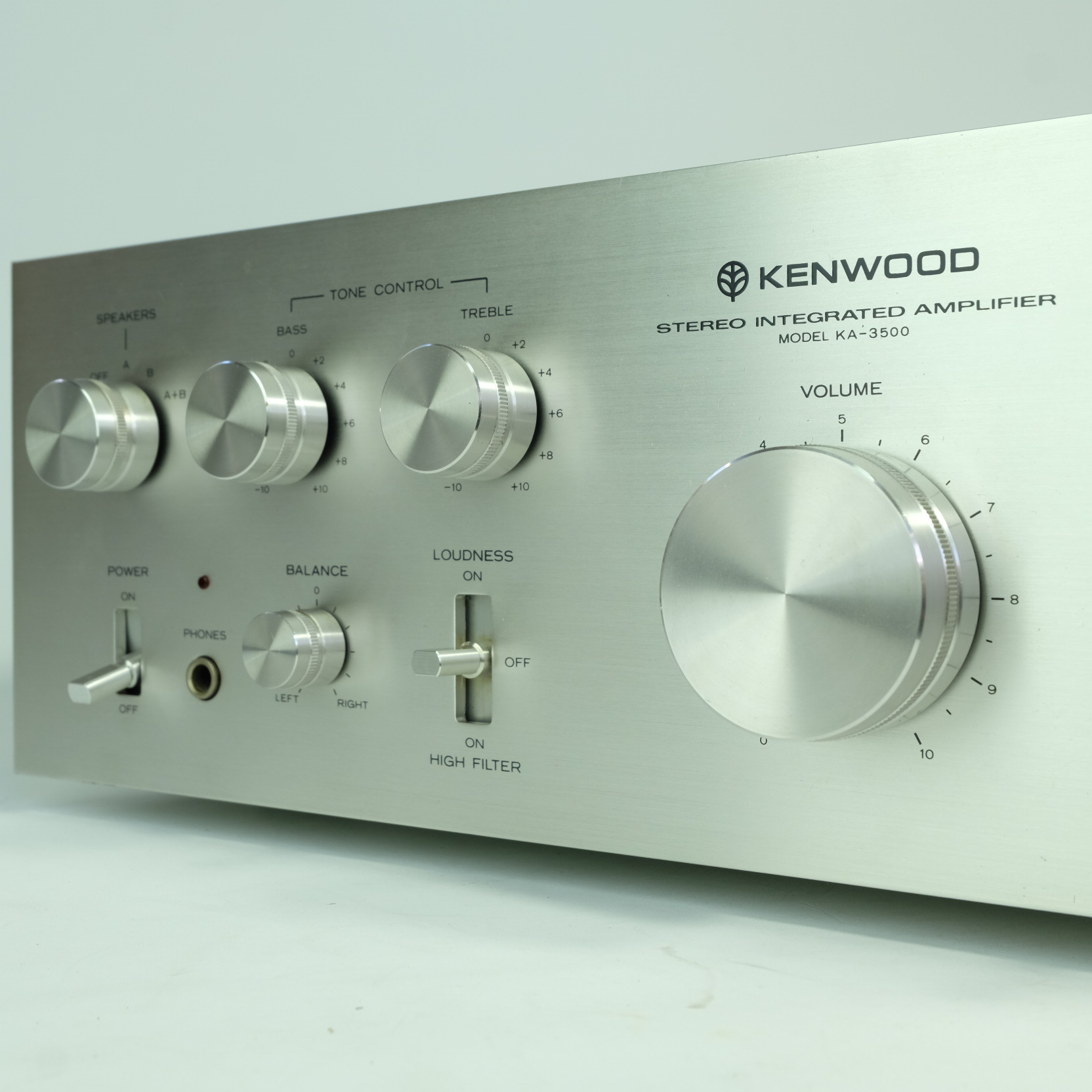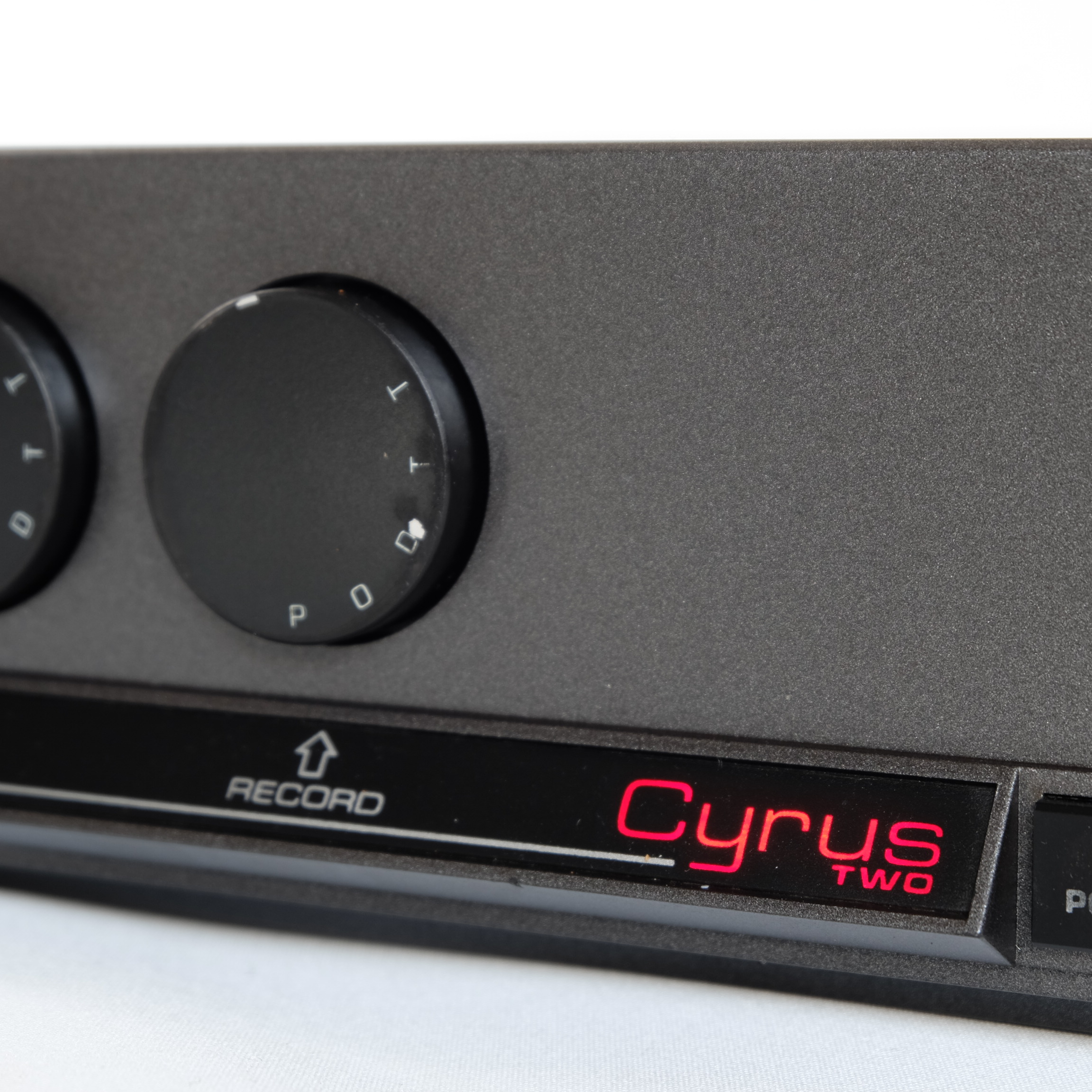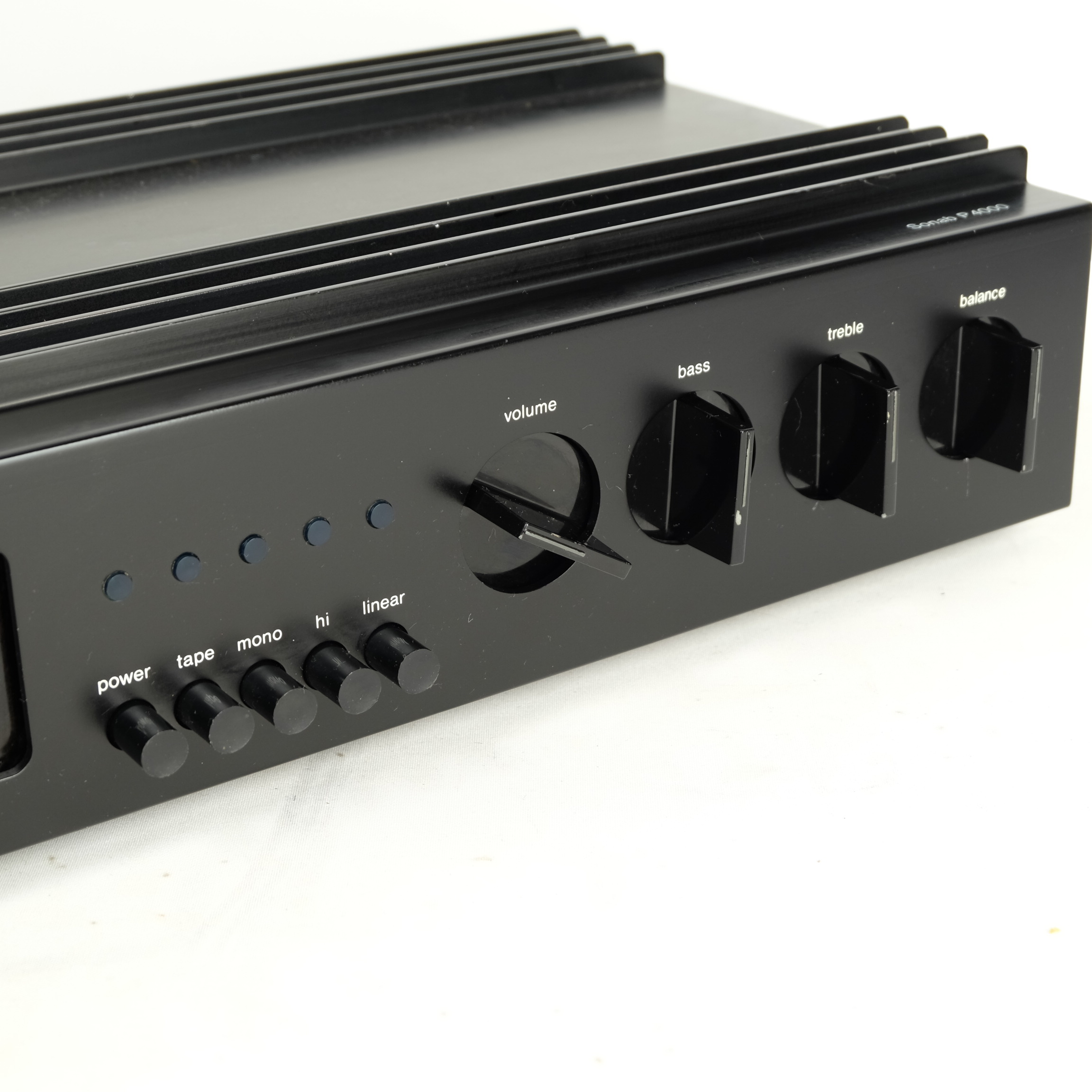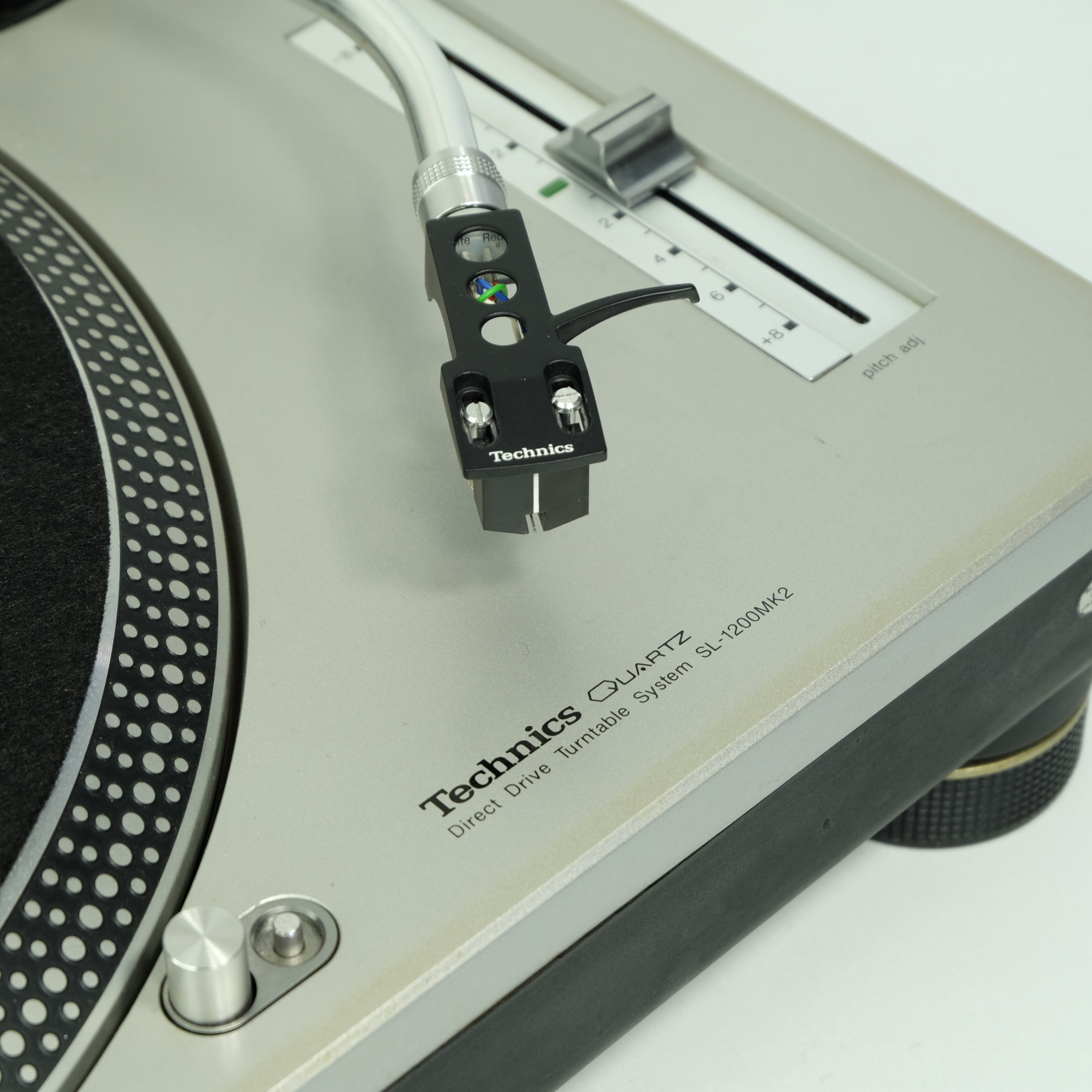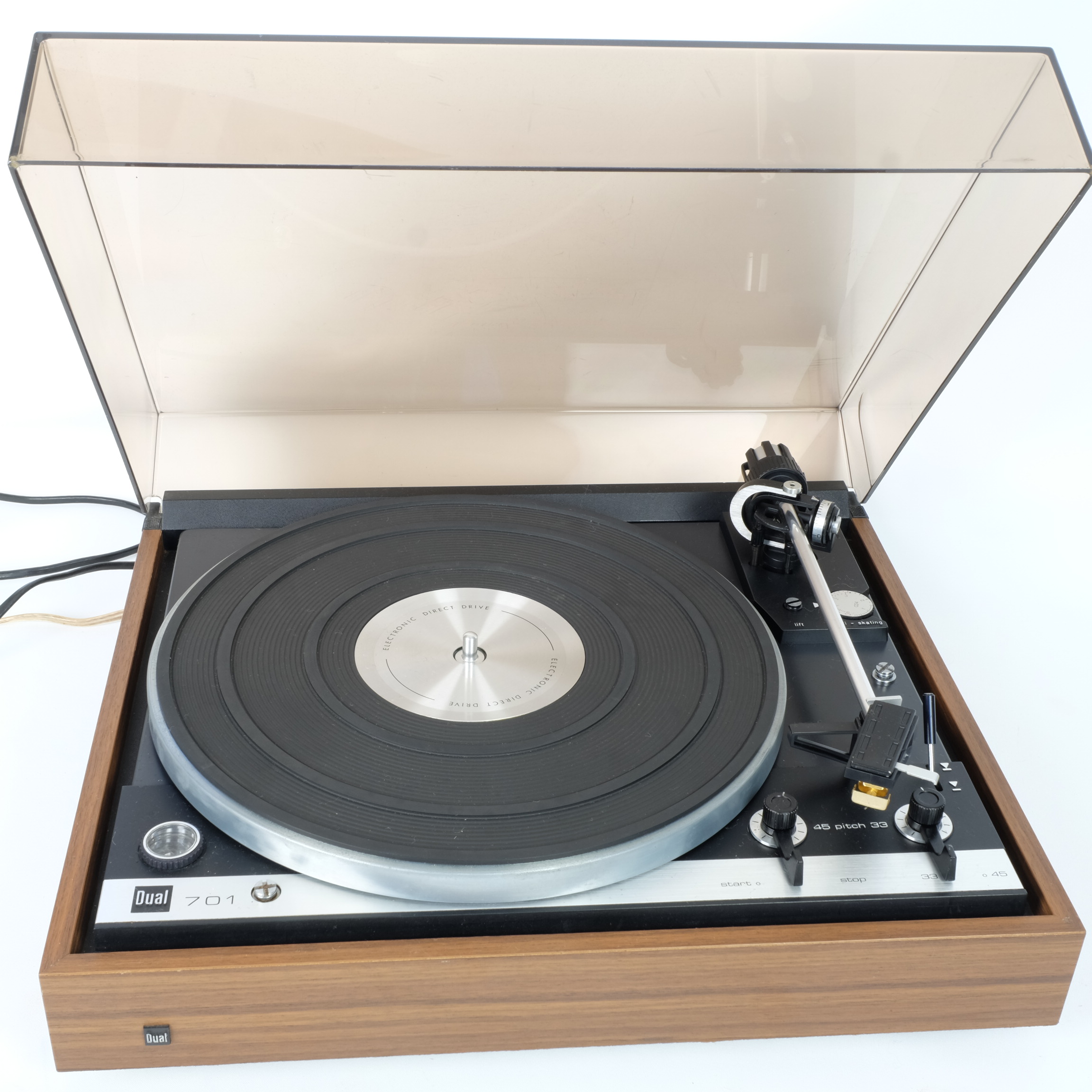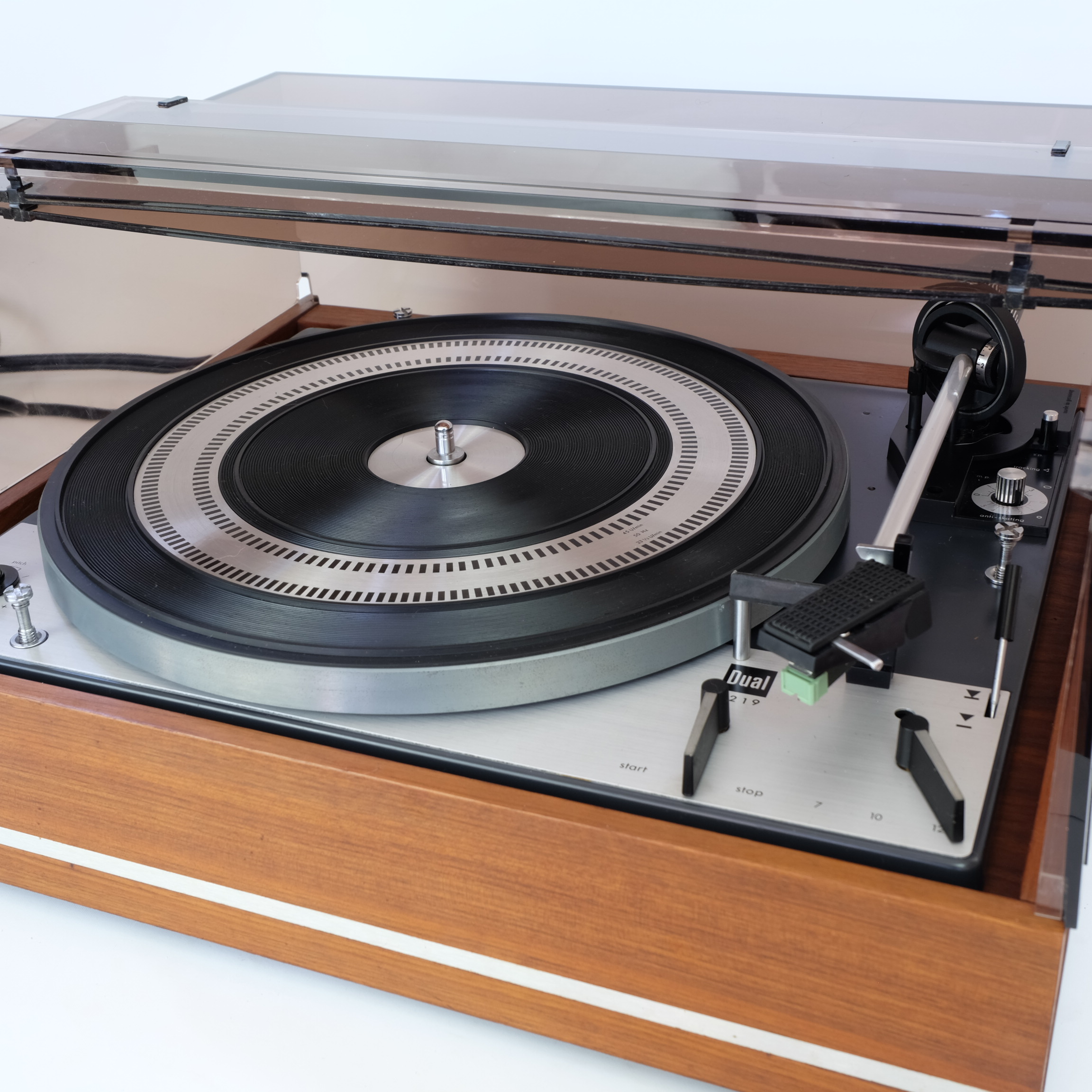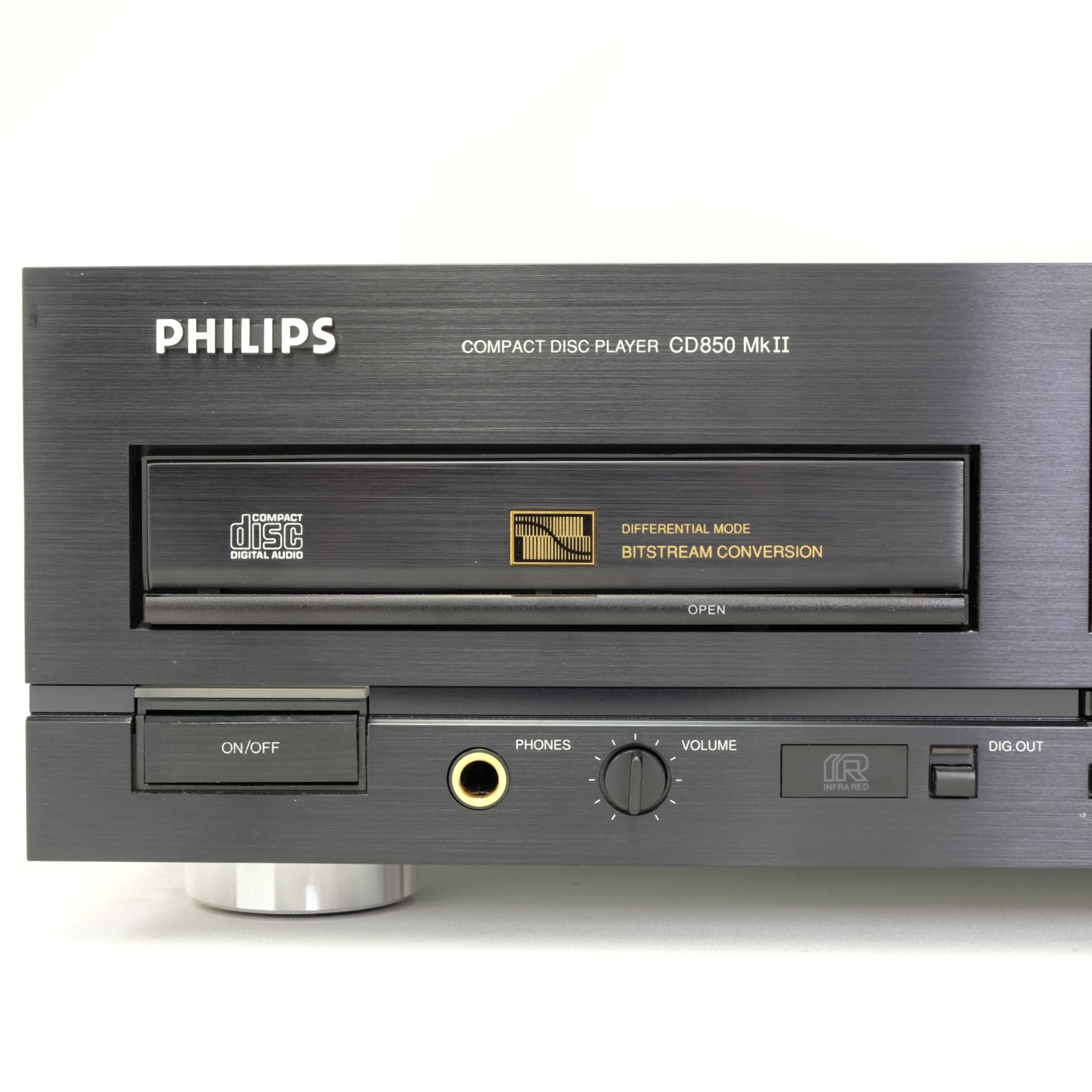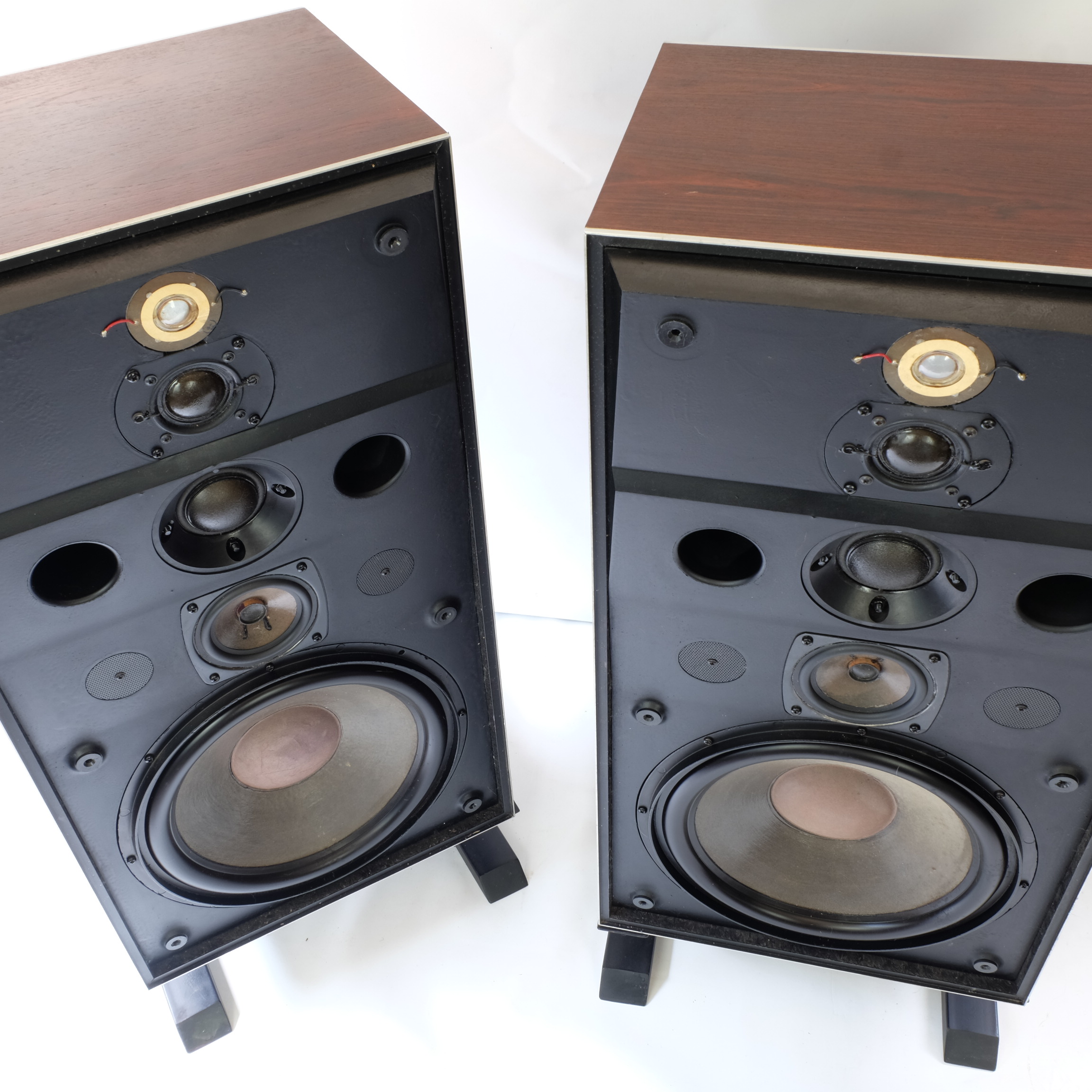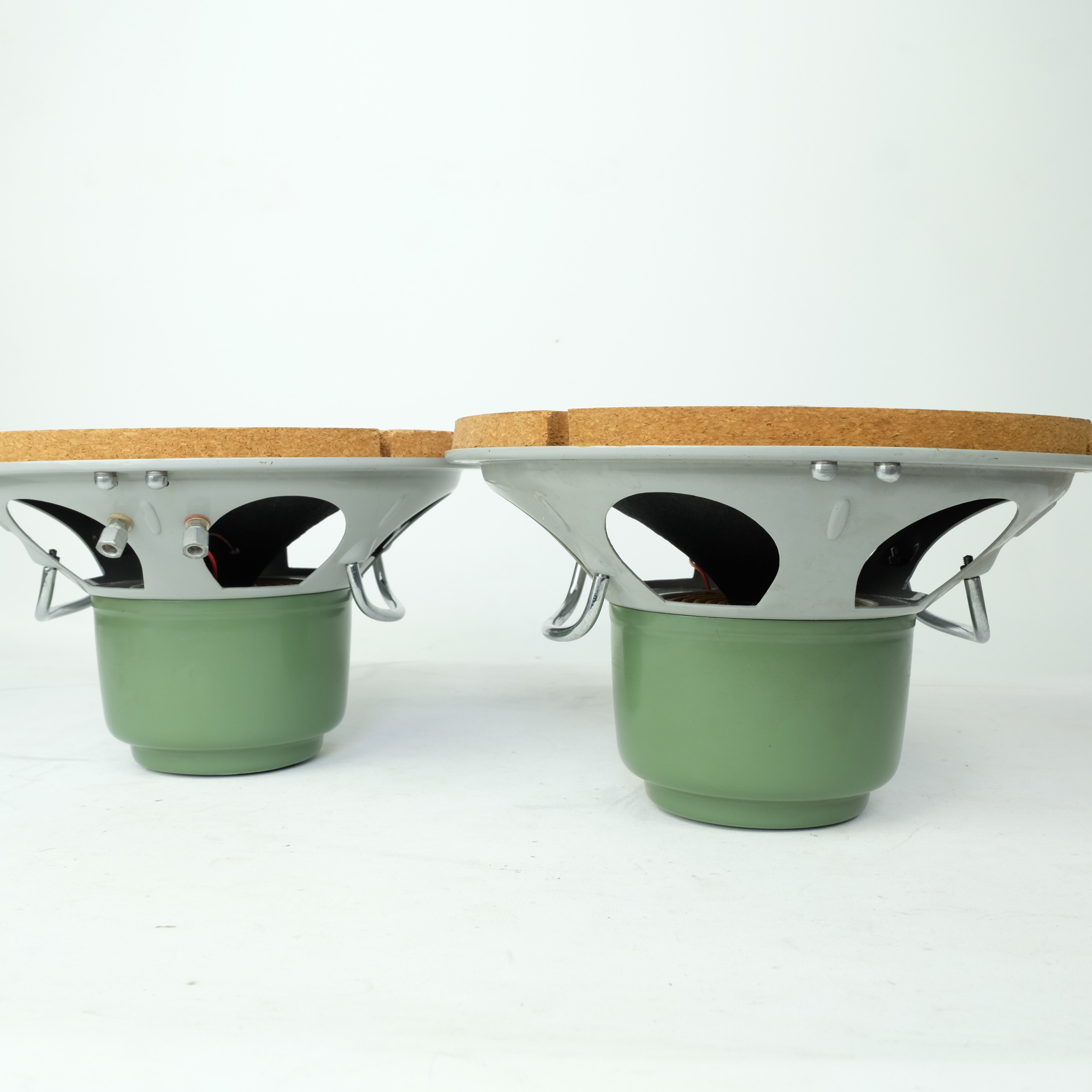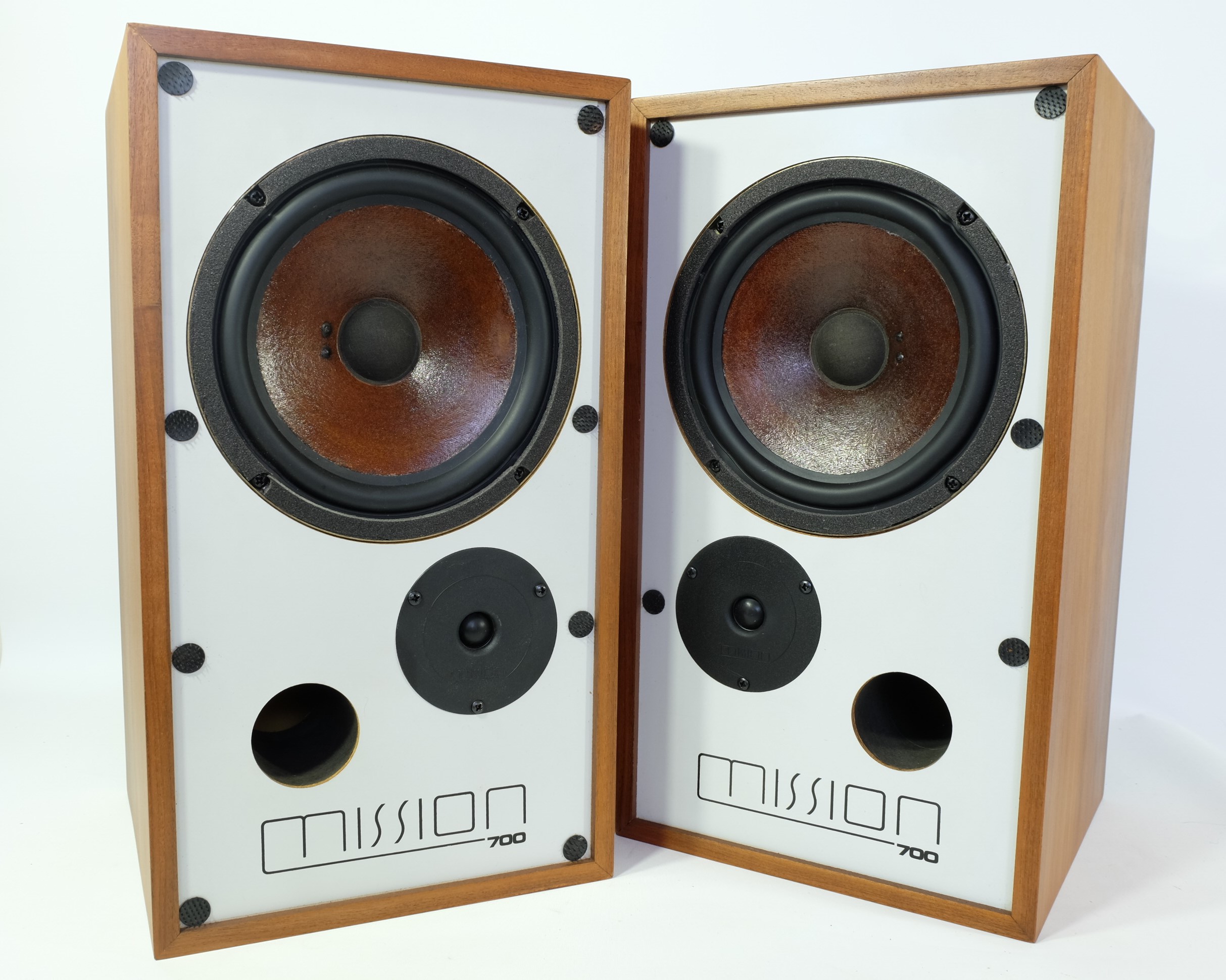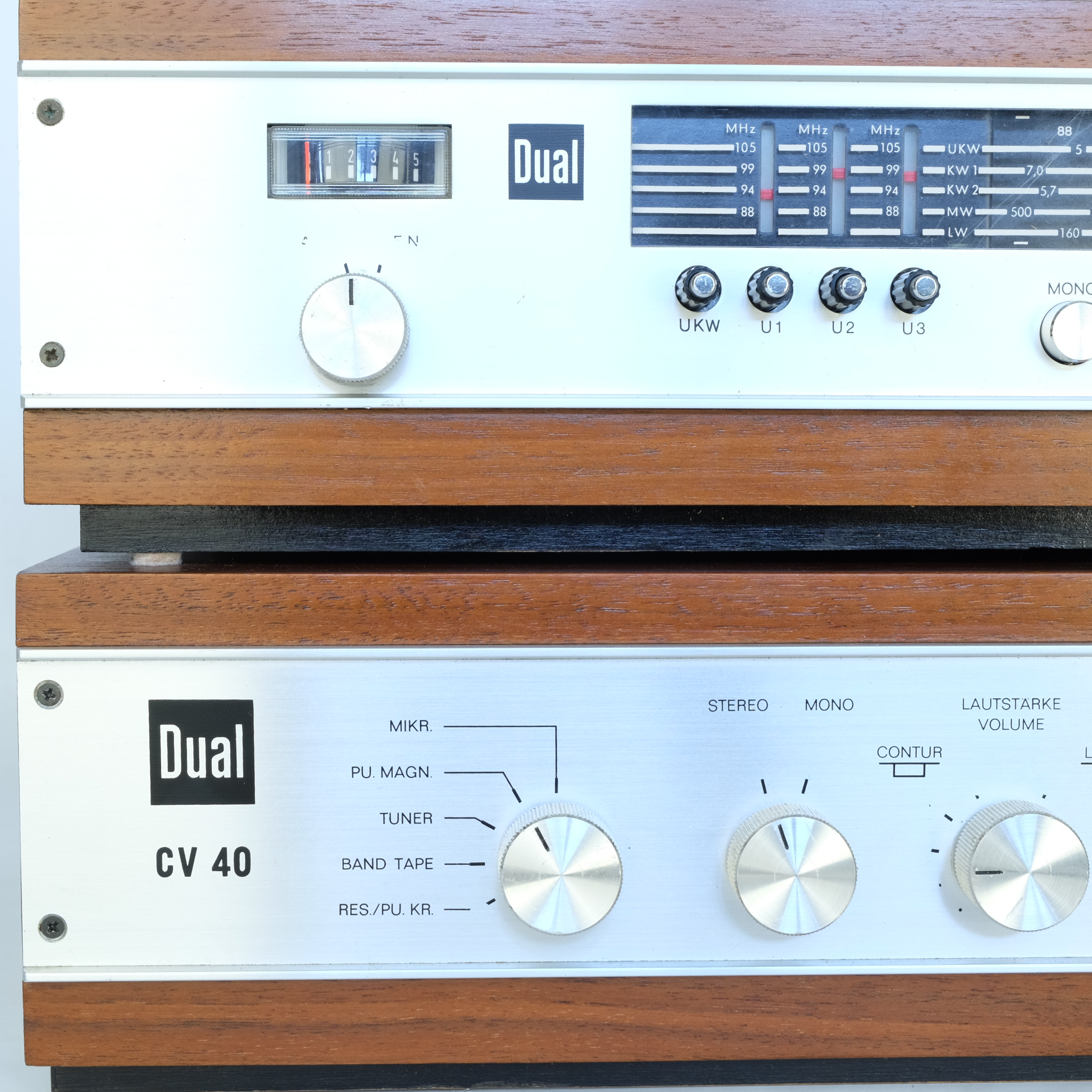
Choosing vintage audio equipment isn’t easy. even for an experienced listener…
Here’s a few thoughts & considerations when out there navigating the complicated world of pre-loved home audio.
Nb. Basically a blurb of our own thoughts & opinions – it’s quite a personal thing, ‘listening’. Ours is only one opinion amongst the many. But we hope you find some info that’s of value to you.
Considerations first…
It’s important to set a budget.
With audio equipment ‘the sky’s the limit’. It’s very possible to exhaust large amounts on exclusive brands & ‘special’ models.
The heavily competed mid-market range was the domain of ‘best bang for buck’. Amongst all that argi-bargi between brands to get market share some true gems were made. Some by mistake, some by belligerence. However, they exist.
Either way you go, it’s a good idea to get a good understanding of what you want from an audio system & your budget – Buy well & buy once.
Not all brands are equal.
‘Vintage’ electronic manufacturers have been around long enough that their reputation precedes them. Won’t go into our preferences but some of our favourite brands are listed on our Designers & Brands page – https://functioninform.co.nz/designers-and-brands/
Manufacturing era matters.
Manufacture era is a consideration. Electronic equipment from the 60s & 70s will no doubt require servicing, some replacement &/or repair. After all they are 50 years+ old. It is of course worth it, especially where you’re talking ‘receiver war’ era Japanese receivers & funky European oddities.
Electronic equipment from the later 1970s, 80s & 90s was better built. They knew their craft better. Designs & components were plentiful & many standardized. Massive competition & huge product ranges make this entire period an unspoken ‘golden era’.
Somewhere in the mid 200Xs – for many brands things just went to pack. Remember we’re discussing the mid-market range. Some manufacturers continue to create audio gear that’s just ‘Next Level’.
Region tells a tale.
Prior to the late 1990s you had three, maybe four big players – Japan, UK, USA, Europe. Countries in all other regions had local brands – especially during times of import tariffs etc. But only Canada came close to making the big four – the big five.
Regions have design characteristics & therefore sound characteristics. UK made fantastic, but basic ‘pure’ amps, Japan created sonic monsters, USA made great speaker sets (especially East Coast manufacturers), Europe perfected quality & style.
Very much a preference thing, but it’s certainly worth figuring out your preference.
Audition equipment – if you can.
When buying 2nd hand or making a difficult selection – checking out the equipment operating is a good idea.
Check it suits.
Vintage audio isn’t for everyone, nor every situation, it requires some intent, patience & effort. But there are rewards. Least of all – it won’t ask for upgrades….
Choosing HiFi Components
Any traditional HiFi system comprises separate components – ‘Source -Amplification- Speakers’
Amplifiers – The heart of any system
Amplification is essential for most source equipment – CD player, tape deck, turntable etc.
Amps come in all shapes & sizes and play a large role in any music reproduction system.
Amplifier type.
- Phono amp – Used for turntable connection. Most vintage amps have built-in phono ‘stages’ that allow direct turntable connection. Only when an amp does not have a ‘phono’ input is a phono-amp required. Nb. Many modern turntables have built-in phono stages allowing these to connect direct to amplifier ‘line; inputs – Aux. CD etc
- Pre-amp – Used along-side power amps – All inputs & controls are via this appliance. Output in most cases is a standard ‘Line level’ output for connection to a ‘Power Amp’
- Power amp – just an amp. Pre-amp connection in & speakers out.
- Integrated amp – basically a pre-amp & power amp combined in the same box. Many also have built-in phono stages – so they’re all the above… & more..
Amplifier ‘Class’ – common classes ‘A’ & ‘AB’ -‘D’
- Class A – the least efficient but with the highest fidelity. Sometimes referred to ‘signal ended’ amplification. When buying 2nd hand, it’s worth considering Class A ‘always on’ design means amp channels work harder & create heat during normal operation increasing failure rate.
- Class B – More efficient than Class A, but greater distortion to the signal. Sometimes referred to as push-pull amplification. Class B amps are working less than Class A during ‘normal’ operation, therefore are more reliable, however it’s not a common topology for audio amps as distortion levels can be audible.
- Class AB – Combines the best of Class A & Class B. With Class AB at low volume levels Class A best describes the operation. When volume increases the topology switches towards Class B. Many audio amps from the 70’s-90’s are Class ‘AB’. It’s a great compromise between reliability, efficiency, & fidelity.
- Recent years have seen the introduction of Class D amps –highly efficient to fit in with low power requirements of portable devices etc. Class D seems to be the pick of the day with manufacturers & is improving all the time.
Amplifier Technical Specifications Jargon:
Power output
Rated in Watts ‘W’. A rating that’s overused & over considered. In real terms – it’s about how much space you need to fill (room size), your speaker choice & personal preference.
A 15w RMS amp can fill a living room with warm beautiful sound. The thing to consider is you want a little ‘Headroom’ – this means that even though a 15w amp might fill a room, there is not an abundance of power to emphasize those big notes & musical highs. So, you do want a few watts up your sleeve. A range of 30–50 odd watts RMS is suitable to fill a large room with warm music & power to provide faithful reproduction year upon year with the odd excessive moment thrown in.
Common measurement methods of amplification output are:
- RMS (root mean squared) – the watt value the amp can produce for periods without excessive distortion or damage.
- PMPO (peak music power output) – the maximum watt value the amp can deliver. Some manufacturers represented this value well – as in what the appliance could ‘do’ & continue life. Some manufacturers believe this is the extreme point, just prior to complete self-destruction.
Impedance
Rated in ohms ‘Ω‘ – an important value and one that relates to the speaker type match. An odd value as it implies resistance, but as resistance varies across frequencies, on an audio path, resistance values also vary. Impedance is maybe better thought of as ‘Nominal Impedance’ – the resistance value speakers connected should not fall below.
Nb. An amp designed specifically for an 8ohm load will ‘work’ much harder when driving lower loads. It may sound louder, but you’re pushing it outside design…
Total Harmonic Distortion or THD
Rated in % (of total power output) – An audiophile value – kinda, it relates to the distortion amounts present in the amps output.
Any amplification process introduces distortion or changes to the original input signal. In audio paths this is referred to as Harmonics. For music reproduction the aim is to keep these harmonics as low as possible, so the lower THD the better is the rule, however there’s plenty of amps with slightly higher THD that sound fab. Valve amps for instance.
Frequency Response
If listening to classical & analogue music mostly – this can be an important one. It is commonly considered that the human ear range is 20Hz – 20Khz & that’s being generous to most. So, you’ll find many amps work within that range – makes sense. However, we feel frequencies outside that range & that’s what sometimes is missing in music reproduction, so if you like analogue sounds and like to ‘feel’ the music – 20Hz-20KHz is a minimum. Nb. This also relies on your speakers being able to reproduce the same frequency range.
Amplifier inputs.
Check your requirements for amp inputs. Generally, vintage amps will have a bunch of source inputs – these are Tuner, Aux, CD, Video, & Tape. All these are analogue ‘line level’ inputs – they all expect around the same input current. Some manufacturers ‘tune’ inputs to specific source type – CD, Tape etc. However all ‘line level’ devices & inputs are interchangeable without causing issues.
Turntable connection is the exception. Inputs labelled as ‘Phono‘, ‘Disc‘, ‘MM‘, ‘Mag PU‘ etc are dedicated for Turntable connection – that is a standard turntable using a ‘Moving Magnet‘ cartridge type.
Nb. if using a modern turntable via a vintage amp – switch the pre-amp switch to ‘off’ when connecting via one of these input types.
Inputs labelled ‘MC‘, ‘MC PU‘ etc are dedicated for turntables with ‘Moving Coil‘ cartridge types. Some vintage amps may have a ‘Ceramic PU’ input – this is another Turntable connection, but specifically for ceramic cartridge types.
If digital / optical inputs are required – check the amp specifications.
Useful Amplifier Features.
- Multiple Speaker Outputs – If requiring more than one pair of speakers connected, look for an amp designed to drive multiple pairs with separate connectors for each – commonly labelled Set A & Set B with a switch on the amp facia to select A, B or both. Just connecting multiple speakers sets in parallel or series will alter the impedance value & can damage amps.
- VU meters, Loudness control, Bass & Treble etc – all these are personal preference. If you have decent source equipment, great speakers, trust that sound engineers & producers know what they are doing – why do you need tone controls?
- Balance can however be helpful & can really help when speaker placement is not ideal.
- Loudness or ‘Linear’ setting – useful if normal listening volumes are low.
- Mono setting – useful when listening to mono recordings or in some listening environments.
Turntables – A Wise Choice
LP was the premium format during the many ‘golden eras’ of HiFi & for that reason many manufacturers focused on this input path above all else. The analogue ‘depth’ of vinyl on healthy vintage kit is hard to beat.
The job of a turntable is simple really – turn a platter at a constant speed without vibration – it’s the cartridge & stylus that actually make the music.
Turntable drive method.
- Direct Drive – a motor via gearing turns the platter
- Belt Drive – a motor driven belt turns the platter
- Idle drive – a motor driven rubber wheel turns the platter.
Each have their advantages. All drive types can be found at all levels of equipment – all can sound great. Belt drive is the ‘workhorse’ & more reliable, however a well-maintained direct drive is always more desirable.
Automatic/Semi-Automatic/Manual.
- Automatic – a mechanism to place the tone arm onto the record simply by pressing a button, also an auto off function where the tonearm is raised & returned to rest at the end of play.
- Semi-automatic – varies with manufacturer, but most will at least raise the tone arm & turn off the motor at the end of the record.
- Manual – the user does it all – Places tone arm onto record & the tone arm will not lift at end of record – the reasoning behind this is the concept that anything in contact with the tonearm can influence sound reproduction so avoiding the levers & arms etc of auto mechanisms can improve sound quality.
Turntable Technical Specification Jargon:
Turntable/Platter
This refers to the actual turntable platter – dimensions, weight, materials etc.
300mm is standard & is the same size if not larger than any record. Sometimes referred to as ‘Full Size’.
Platter weight plays a part in belt & idler drive units. Heavier platters have less ‘Wow & Flutter‘
Speeds: 33/45/78 RPM
Most turntables will have 33 & 45 RPM (revolutions per minute) speeds. If 78 RPM is required – check your turntable specs.
- 33.3 RPM – Long Play ‘LP’ – standard records
- 45 RPM – 7″ singles & Extended Play ‘EP’ records
- 78 RPM – Early recordings – Prior mid 1950s
Rumble:
Basically ‘Noise’. A low frequency, continuous, mechanically generated ‘rumble’. Generally caused by motor or platter vibrations being passed to the stylus & cartridge. Rumble can also be caused by poor vinyl pressings etc
Wow & Flutter
Pitch fluctuation or minute variations in playback speed. ‘Wow’ being the slower & ‘Flutter’ the faster of pitch variations measured.
Cartridge Type.
A turntable cartridge is the plastic component that holds the stylus or needle. It’s this component or the electronics inside that make the sound signal that is passed to the amplifier.
Common cartridge types:
- Moving Magnetic ‘MM‘ – the most common used cartridge type. Just about any amplifier manufactured since 1970 with a ‘Phono’ input will accept a MM cartridge signal.
- Moving Coil ‘MC‘ – considered better quality than MM cartridges & considerably more expensive. If using a MC cartridge, it’s important that your amp can accept this – look for a ‘MM’ / ‘MC’ switch or a specific MC Phono input.
Digital Sources
Philips, along with Sony created the CD format in 1982 & remained the masters of this technology over the following years. However, Philips wholesaled DACs (digital to analogue converters) & transport mechanisms to the world. Manufacturers quickly picked these up & improved on them over time.
Digital Conversion methods.
- PCM (Pulse Code Modulation). Most CD players are PCM or a variant LPCM. These are hailed as superior due to the uncompressed format.
- Bitstream. Less common than PCM however – if you’re a bitstream fan, you’re in good company. A good bitstream DAC sounds engaging & provides fantastic detail – they really are quite a treat.
Digital sources available in 2025 are endless – CD, MiniDisc, MP3, Networked, Streamed etc, etc… If requiring specific digital connections – check source equipment & amp specifications.
Note on connecting Bluetooth Receivers & Digital Streaming devices
If intending to connect using an external Bluetooth receiver – you’ll need an analogue out on your device & a spare RCA input to connect the receiver to. Any Tape, Aux, CD, Tuner input can be used. Any inputs labelled Phono, Disc, MM, or MC cannot be used.
Speakers – Where the listening happens
A critical component of any system – maybe one that needs the most consideration??
Of all system components, speakers can influence reproduction the most. It’s not a case of one size suits all. Matching depends on many things, amp choice, source equipment, space type, placement etc, etc.
Enclosure Types.
- Sealed – excellent for smaller bookshelf 2-way units. Well-designed sealed units can deliver excellent, clean & sharp bass response, even when squeezed into a corner.
- Ported – a ‘tuned’ vent in the enclosure – increasing bass response & resonance, Nb. Port direction is worth considering. A rear ported 3-way speaker will want some space between itself & the wall. A front ported bookshelf speaker is perfect if using in an enclosed space IE, a rear sealed bookshelf.
- Transmission line & variations of – not so common & a well done set can sound fab. The basic concept is cabinet design that utilises the bass frequencies within the speaker cabinet itself – this ‘sound pressure’ is funneled through a horn type path. This has the effect of filtering out everything but the lowest of bass frequencies – the remaining sound escapes via a vent (normally) in the bottom of the cabinet – overall this improves the frequency response of the speakers right down to sub-sonic levels. The end result is a full, rich sound with warm detail.
Speaker array types.
- Full Range – a single speaker is responsible for the entire reproduced frequency range.
- 2-way – frequencies are split using a crossover device – low frequencies are sent to a dedicated bass driver ‘Woofer’. High frequencies sent to a dedicated high frequency driver ‘Tweeter’.
- 3-way – same as 2-way but crossover devices split the frequencies into three ranges – Lows – sent to the woofer, Mids – sent to a dedicated midrange driver, Highs – sent to the tweeter.
All have their strengths – generally full range struggle to cover all frequencies, some do, but generally only very ‘high end’ units in carefully engineered enclosures. 2-way, 3-way – depends on preference, and room size. Either can be the perfect match.
Loudspeaker Technical Specification Jargon:
Power Input
Rated in Watts. Depending on manufacturer & period, values for speaker power ratings vary hugely. The value worth considering is the RMS (root mean squared) value. A good rule of thumb is the max RMS power output rating of your amplifier should be somewhere around 50-75% of your speakers max RMS input rating.
Impedance
Common values are 4, 6, & 8 ohm. Lower impedance speakers can achieve more from low powered amps, however it’s important to match the value with the amps out impedance range. See Amplifiers section above for why.
Sensitivity
Possibly more important than the power rating, sensitivity gives the level of sound produced given a set signal. It’s important to consider efficiency matches when teaming up amps & speaker sets, older solid-state amps want a relatively high efficiency – Ie. 90db. Low power valve amps require very high efficiency speakers, 94db & above. Modern higher power amps usually are fine with efficiency ranges 84-90db.
Frequency Response
Gives an idea of the speakers’ ability to reproduce sub sonic lows &/or soaring highs. A ‘standard’ range is 50Hz to 20kHz or thereabouts,
It’s the reason speaker sets like early Celestion, Kef, B&W etc that achieves ranges like 25 Hz – 40kHz sound ‘beyond’ other speakers – the reason being: The frequencies they reproduce actually are, beyond others..
And finally, a take on ‘why’ in the 2nd quarter of the 21st century.
Music reproduction is simple – doesn’t really need smarts, regardless of the source. These appliances are more than capable and versatile with Bluetooth adaptors etc. They provide a quality & feel almost unobtainable, or at least unaffordable in today’s marketplace. They look awesome, feel awesome, sound awesome – And when required can provide a unique added extra...
The act of selecting & handling physical media. Interacting with ‘dumb’ tactile electrical & electro-mechanical equipment & pressing ‘Go’ removes us from the screens, interconnection, & monitoring that is modern media formats. The experience is yours. A personal or collective ritual of music enjoyment.
Back to Choosing HiFi Components
To audition any FiF audio item or queries
please contact admin@functioninform.co.nz or call us on 09 553 7097 / 021 233 7329
